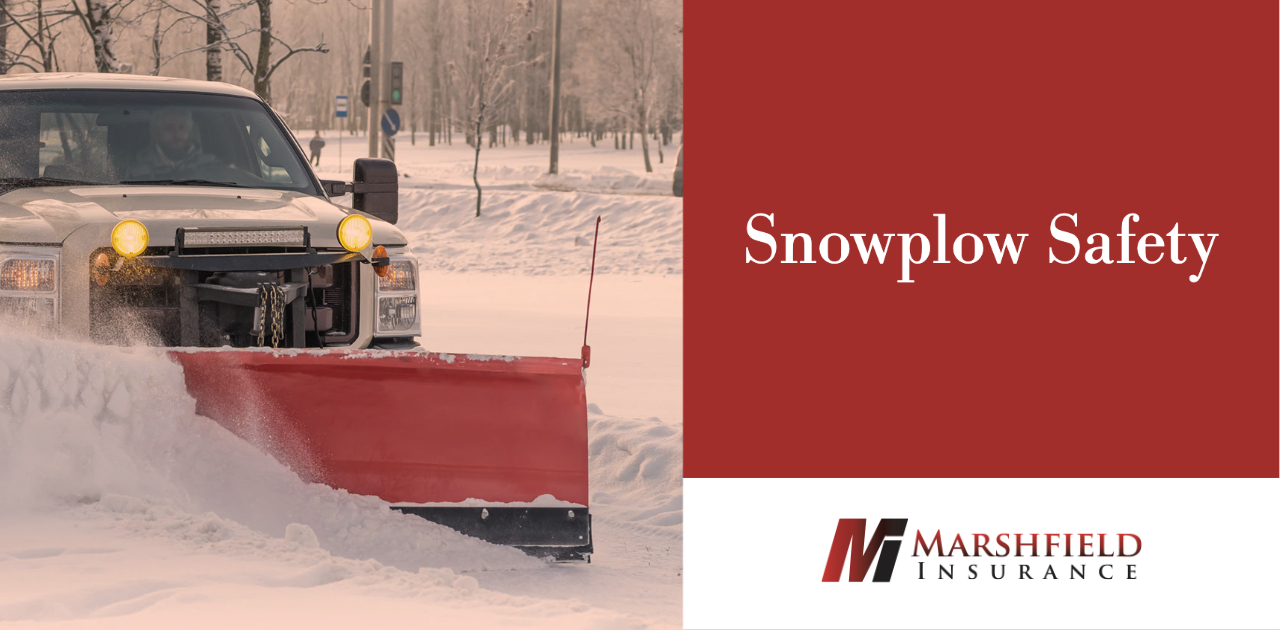Quick and efficient snow removal is essential to businesses, as snow buildup can present a hazard to both drivers and pedestrians. When using a truck-mounted plow to clear snow from private property, it is important for you to pay attention to your surroundings and not sacrifice safety for speed.Before You BeginPreempt problems by taking some time to check these important details before you plow: - Before the first snowfall, check out the areas you will be plowing. Look for objects that could be easily hidden by snow. Make notes of things like curbs, speed bumps, and other things that could damage the plow.
- Before using the plow for the first time, familiarize yourself with the owner’s manual.
- Check all lights to make sure they are working properly. This includes both the lights on the vehicle and the lights on the blade.
- For good traction, make sure the truck’s weight is balanced. If necessary, add weight to the back of the truck, past the rear axle, to balance out the weight of the plow.
- Check all connections between the truck and plow.
- Check the plow itself for any signs of damage, such as cracked welds or hydraulic fuel leaks.
- Check the cutting edge to make sure it is not worn down to the point where the ground may come in contact with the main portion of the blade.
- Get adequate rest so you are not drowsy or inattentive while behind the wheel.
Transporting a PlowWhile driving on public roads with a plow attached to your vehicle, remember to:- Keep the plow as far off the ground as you can without blocking the headlights or your vision.
- Always drive with the blade angled to the right. This will prevent it from accidentally catching on the curb.
- Do not drive faster than 40 miles per hour.
While Plowing- When beginning a pass, always start moving and then drop the blade.
- Begin to stop as you approach the end of your pass. Do not let the plow slam full speed into already piled snow.
- Raise the blade before moving into position to make another pass. Always wear your seatbelt no matter where you are plowing. Hidden objects could cause your vehicle to stop suddenly.
- Always turn around and look while driving in reverse. Do not rely on vehicle mirrors alone.
- Make sure you know where you are going to pile the snow before you start.
- Never pile snow near mailboxes, fire hydrants, electrical boxes, or dumpsters.
- If there is traffic in the area, be especially careful of people and other vehicles.
- Check with local regulations before moving snow across a roadway. It may be illegal to do so in some areas.
Contact us if you have any questions about snowplow safety and insurance!

